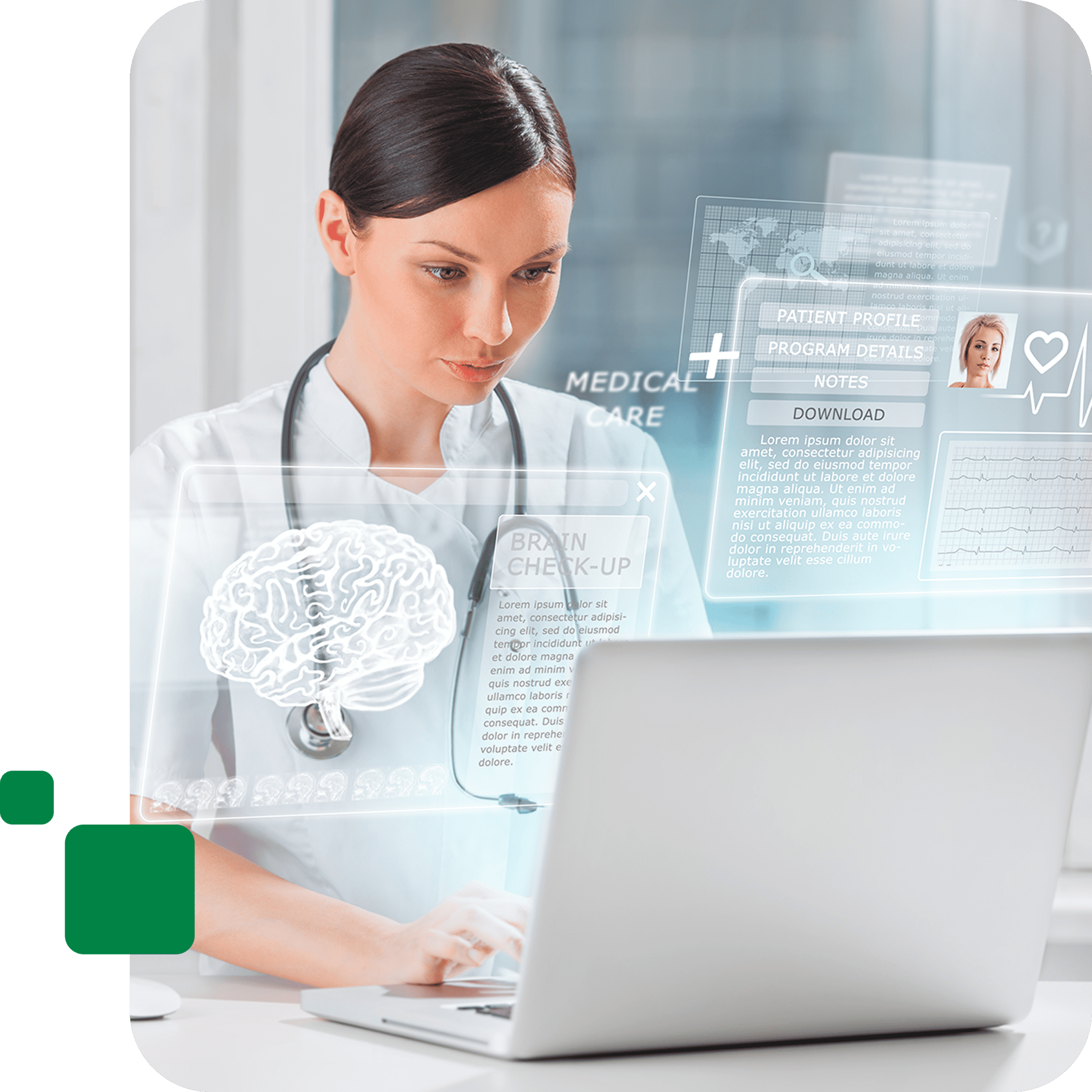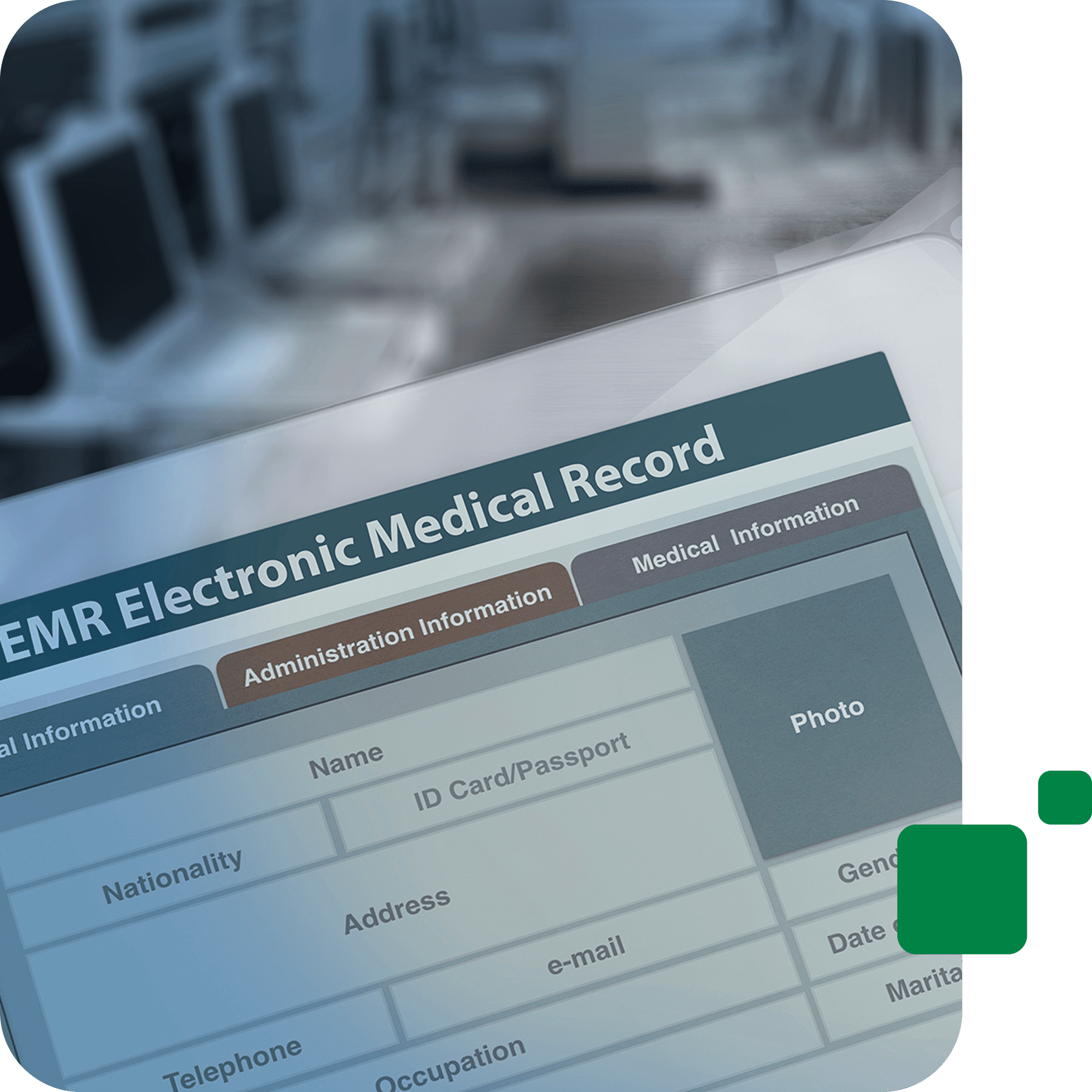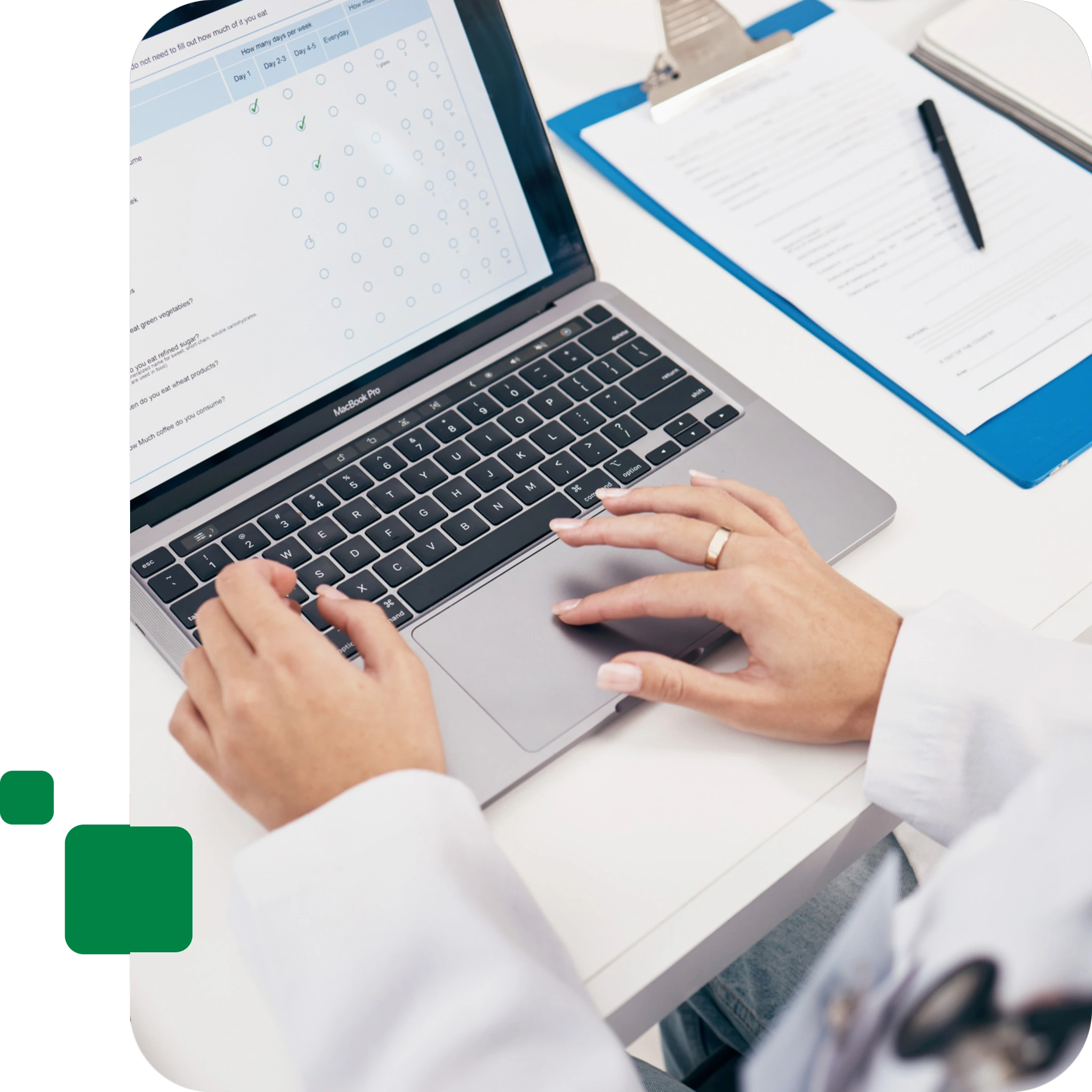Lexeme Technologies, LLC
Lexeme Technologies is a start-up company in Iowa City created by Donald Macfarlane to exploit the Lexeme Theories, which enable the prediction of what topic a professional writing a report is going to want to address next. The product under development is LexeNotes®.
Lexeme Technologies, LLC
Lexeme Technologies is a start-up company in Iowa City created by Donald Macfarlane to exploit the Lexeme Theories, which enable the prediction of what topic a professional writing a report is going to want to address next. The product under development is LexeNotes®.

What is LexeNotes?
LexeNotes is a software product that writes beautifully written medical notes for you — and does so about as fast as you can read the note out loud. LexeNotes is the fastest way to create notes that are complete and correct. Get doctors back to doing what they do best: caring for patients.
Every item in a document produced by Lexenotes is a associated with a computer code.
Best Notes, Fully Coded
Throughout history, we have seen lots of improvements to the way we write medical notes. That was until the Electronic Medical Record, which like the technologies before it, was supposed to make healthcare better. But notes got worse – they are bloated, inaccurate, incomplete, contradictory, and disorderly. Now doctors waste their time working for the EMR, when the EMR should work for them. At Lexeme Technologies, we want to reimagine the interaction between the doctor and the EMR. We built a platform to vastly improve the quality of medical notes, and make the EMR work for all of us.
LexeNotes creates beautiful notes that are complete, organized, grammatically correct which are sent to the EMR with just one click.We regard the typical note as being a stream of fragments of text (which we term lexemes, each of which can be captured into a large database). Our platform offers you a series of templates, each consisting of a question and a collection of possible answers. When you select one of the answers, the platform adds the associated fragment of text to the output document, and uses special algorithms to calculate which template you will need next to write a really good note. On completion, you merely print the completed note or cut-and-paste it into your lovely electronic medical record system.And what if you don’t like the text fragments we offer? Well, you can add new ones or change existing ones, and the changes you make will be added to the database for all other users. Just like Wikipedia….LexeNotes depends on willing experts to generate the database – and that includes you!

LexeNotes exploits two novel ideas that solve major problems preventing useful computerization of patient care.
The first problem is that computer programmers have had a lot of difficulty extracting good data from even the best medical notes written by skilled clinicians in free text (and you are aware that you make a spelling or clumsy grammatical error at least once or twice a decade). Our novel and disruptive idea is that we have reversed the process. Instead of computers trying to understand the ideas in human-created text, we have developed computer techniques that takes human ideas and converts them in to grammatically correct text which addresses all the necessary facets and subtleties of patient care.
The second problem is the essential need to protect patient confidentiality. This generally requires sophisticated (and expensive!) data management systems that impede the ability of one healthcare system to communicate with another.
We have solved this problem by ensuring that notes written by LexeNotes contain no patient identifiers. If malicious third parties steal all our completed notes, all they would harvest would be a strings of computer codes which contain no patient identifiers, and which can only be interpreted by accessing LexeNotes. We will be constantly upgrading our system and security measures to reduce the risk of malicious hacking.
About Us
Born in Oxford, England, Dr. Donald Macfarlane is a Professor of Internal Medicine – Hematology, Oncology and Blood and Marrow Transplantation at the University of Iowa Hospitals and Clinics where he has worked for 40+ years. Like most physicians, he has been long frustrated with the state of note taking for medicine. He has devoted years to a fundamental reworking of the way notes are created. As an entrepreneur, Dr. Macfarlane has founded several successful companies and holds multiple patents.
When not practicing medicine or transforming the way doctors take notes, he can be seen in numerous operatic and theatrical productions (his most recent role was Colonel Hugh Pickering in My Fair Lady and as producer/director of the new opera Orphan Train to Iowa), and is an enthusiastic (albeit misled) golfer.
Meet The Team: Diversity in Talent. Dynamism in Delivery.

Clinical Trials
"The lexeme method generates more complete, grammatical and organized notes faster than traditional methods. The notes are completely computerized at inception, and they incorporate prompts for clinicians to address otherwise overlooked items."

The quality and utility of LexeNotes is established by empiric data, gathered in clinical trials.
We completed our first clinical trial Pilot study of Lexeme-based note creation.
The trial was conducted within the University of Iowa Hemophilia Treatment Center, and was supported by funding from the pharmaceutical company Shire, (now Takeda Pharmaceutical Company.)
Phase One of the trial consisted of de-identifying and examining prior records of patients with hemophilia, and adding lexemes to the lexicon so that this old note could be recreated using LexeNotes. When a patient was seen in the clinic, and consented to be in the trial, the treating clinician used LexeNotes to create a new clinic note. This process was observed, and more lexemes were created as necessary to arrive at an acceptable note. We recruited about 70 patients in this Phase.
In Phase Two, we recruited 20 patients, and constructed a clinic note using LexeNotes This note was compared with the hemophilia treaters note to compare them for completeness, errors, grammar, and readability.
LexeNotes and Patient Confidentiality
Protecting confidential information about patients has always been held to be an essential component of medical practice. As we move to aggregate medical records in digital form, the risk of a third party acquiring confidential information about a collection of patients has increased exponentially. The HIPAA regulations require electronic medical records that contain enough information to identify unique patients to be specially protected. These are:-

LexeNotes stores and regenerates a stream of lexemes, or stock phrases, that cannot contain patient identifiers. The LexeNotes stores this stream with a scrambled note-identifier that can be added to the end of the note, and lodged in your EMR. A third party who acquired this stored note would not be able to deduce the patient’s identity without gaining entry to the your EMR. Because it cannot store any HIPPA patient identifier, we feel that LexeNotes is not likely to compromise any patient’s confidentially.
Glossary
The issues addressed in medical record tend to follow a defined order. This can be proved by excising a fragment of text that encompasses an issue and observing that clinicians tend to replace it in its original location. The principle of Coherence holds that:
Every lexeme query has one appropriate location in a professional report.
The implication of this is that all lexeme queries can be organized in coherent order.
The context within which the report is written determines the layout and major headings of the report. The context consists of the type of medical interaction, the role of the author of the report and the characteristics of the patient. An orthopedist seeing a child in an emergency treatment center needs a radically different set of major sections in the report than a radiologist reading mammograms. The context generates a starting set of predicants.
Some lexeme queries deal with topics in fine detail. They have a high hierarchical level. Other lexeme queries are more general, and have a low level. Each lexeme query has an associated level. Each time a user selects a lexeme response, it sets the system’s level. The system only presents lexeme queries if its level is equal to, or lower than the system’s current level.
is the least unit of information, generally expressed as a fragment of meaningful text. Lexeme refers to the information itself, not to the text used to express it. Lexemes are most usefully regarded as the combination of a lexeme query and a lexeme response.
Is an issue or topic that is addressed in a professional report. It can be framed as a (hypothetical) question. Professional reports can be analyzed as a stream of lexeme queries. Each Lexeme query is associated with its own handful of relevant lexeme responses.
Is an answer to its associated lexeme query. Lexemes responses can expressed in any number of styles and languages, including computer codes.
Refers to the computer program that enables the user to add or revise entries in the lexicon.
Loop-back. Special programming enables the system to process though the same set of lexeme queries more than once. For instance, suppose a patient comes in with both an arm and leg injury. Each injury needs to user to assess the injury for bleeding, pain and signs of fracture. On completing the consideration of the arm injury the loop back procedure can send the system back to address the leg injury. The lexeme response that initiates the loop back will start the loop at the lexeme query which has level one lower than its level.
Every well written report exhibits the phenomenon of predicance. The Principle of Predicance holds that
No issue is addressed in the professional report unless called for either by the context of the report, or by responses lodged earlier in the report.
For instance, in a medical report, the consideration of treating gout is only explored in detail if the clinician selects a lexeme response raising the issue of gout. In the absence of this selection, the issue of gout would only be raised if the context of the report suggests gout (such as a rheumatology consult for a patient with arthritis).
Are computer tags that are associated with relevant lexeme queries. Every lexeme query has at least one associated predicant. When selected, a lexeme response may issue new predicants. The computer system maintains a list of the predicants set during the creation of a document. It adds to this list when new predicants are issued by selecting lexeme responses or by the context.
No lexeme query is presented to the user unless at least one of its associated predicants has a match in the system’s predicant list
Refers to the computer program that enables the user to prepare a report by selecting lexeme responses.
Coming Soon


Coming Soon
Get in Touch for Expert Assistance
Contact Us
"*" indicates required fields
